A typical electric solenoid actuator is shown in Below Figure. It consists of a coil, armature, spring, and stem.
Note : Electric Solenoid Actuator also called as ON/OFF valve or Solenoid Valve.
Electric Solenoid Actuator
The coil is connected to an external current supply. The spring rests on the armature to force it downward. The armature moves vertically inside the coil and transmits its motion through the stem to the valve.
Also See : Solenoid Valve Animation
When current flows through the coil, a magnetic field forms around the coil. The magnetic field attracts the armature toward the center of the coil. As the armature moves upward, the spring collapses and the valve opens. When the circuit is opened and current stops flowing to the coil, the magnetic field collapses. This allows the spring to expand and shut the valve.
A major advantage of solenoid actuators is their quick operation. Also, they are much easier to install than pneumatic or hydraulic actuators. However, solenoid actuators have two disadvantages. First, they have only two positions: fully open and fully closed. Second, they don’t produce much force, so they usually only operate relatively small valves.
Also Read : Solenoid Valve Types
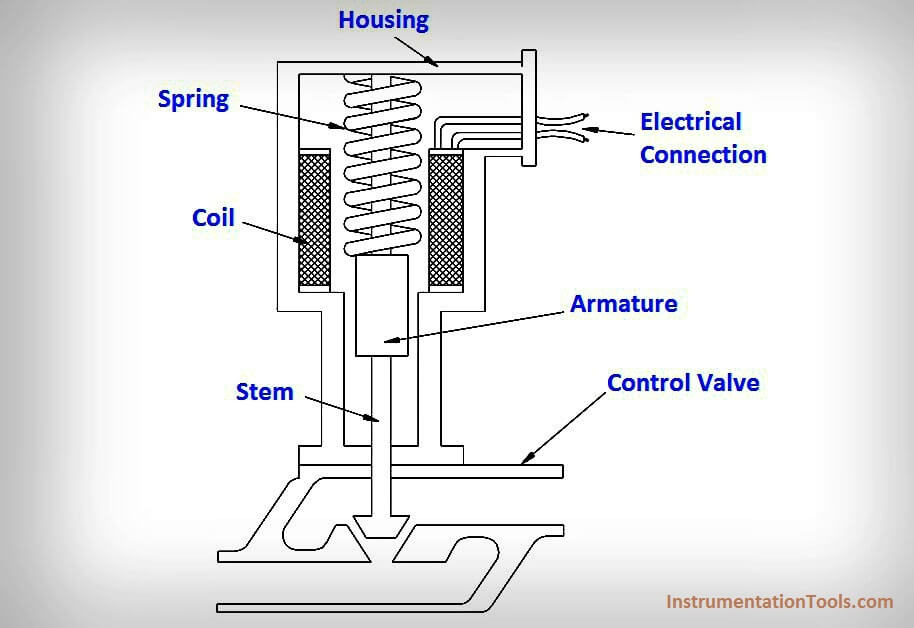

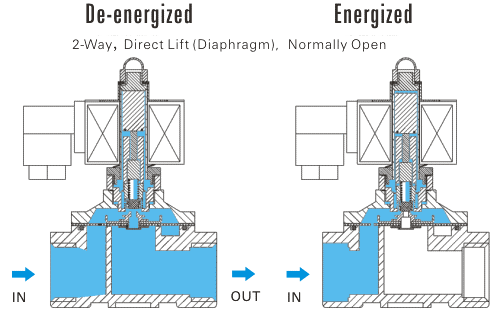
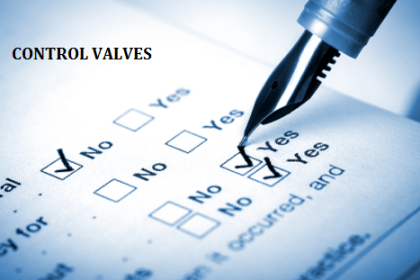

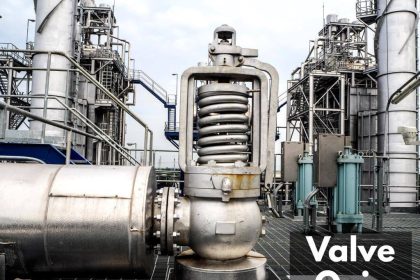
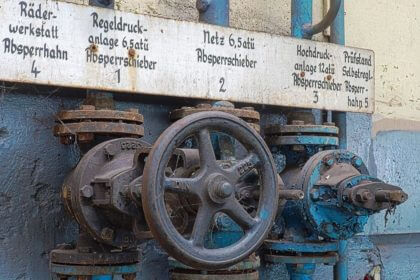
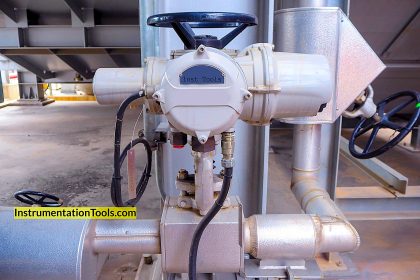
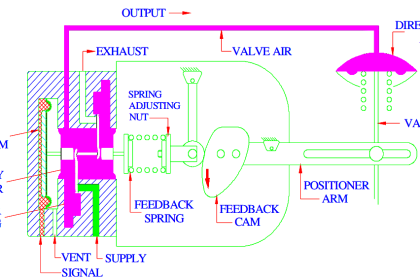
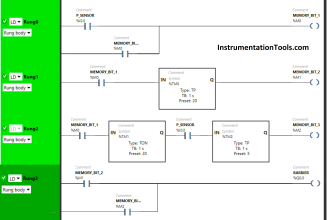
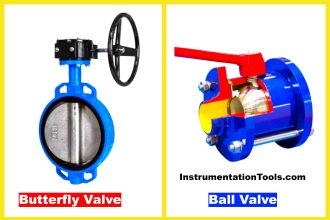


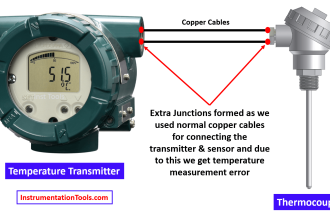

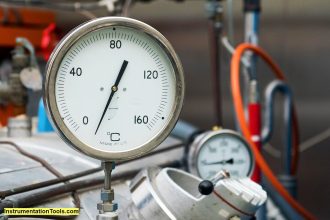
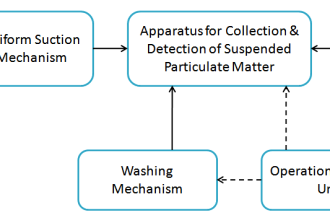

its very useful
please add more informatics about pcv lcv fcv tcv